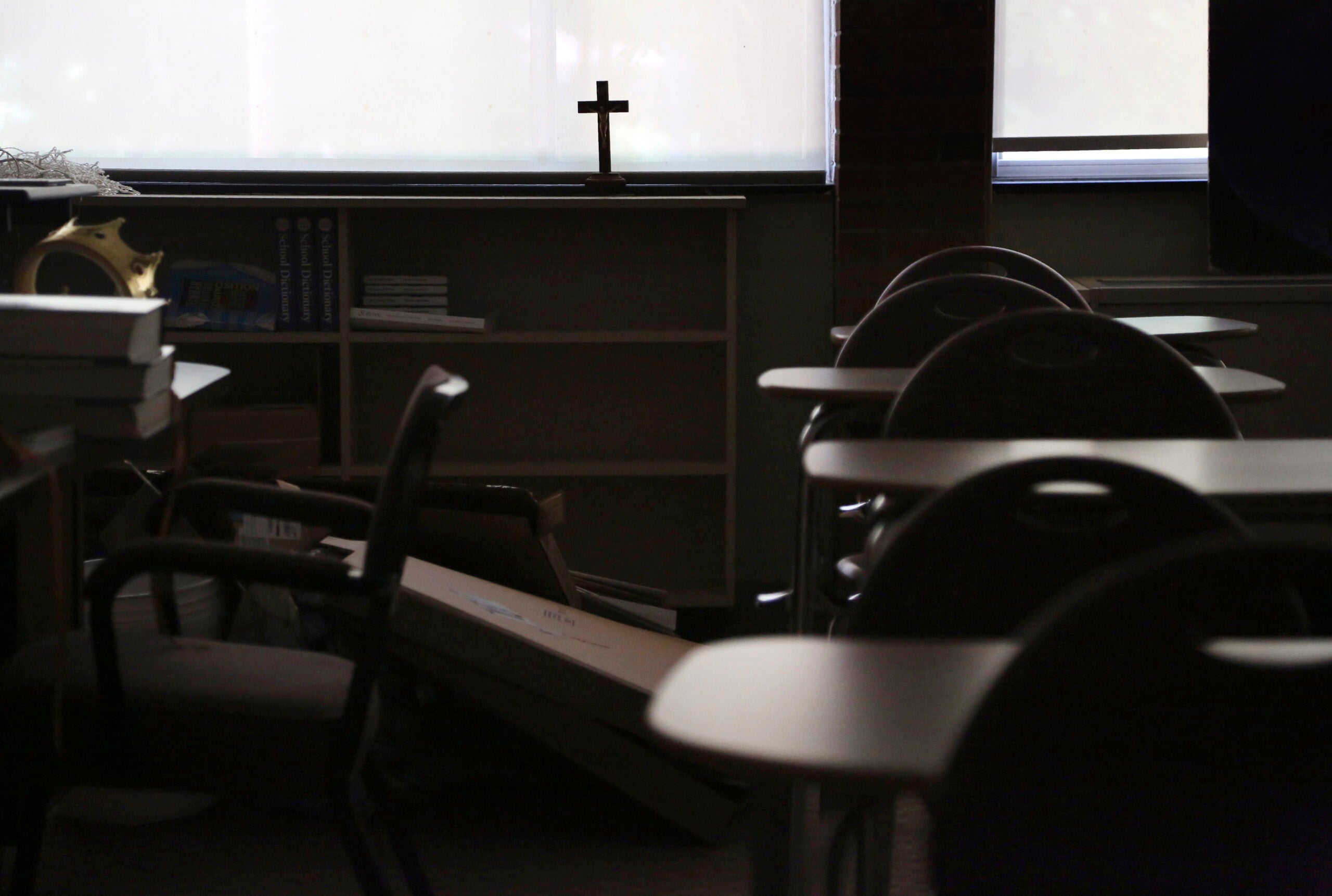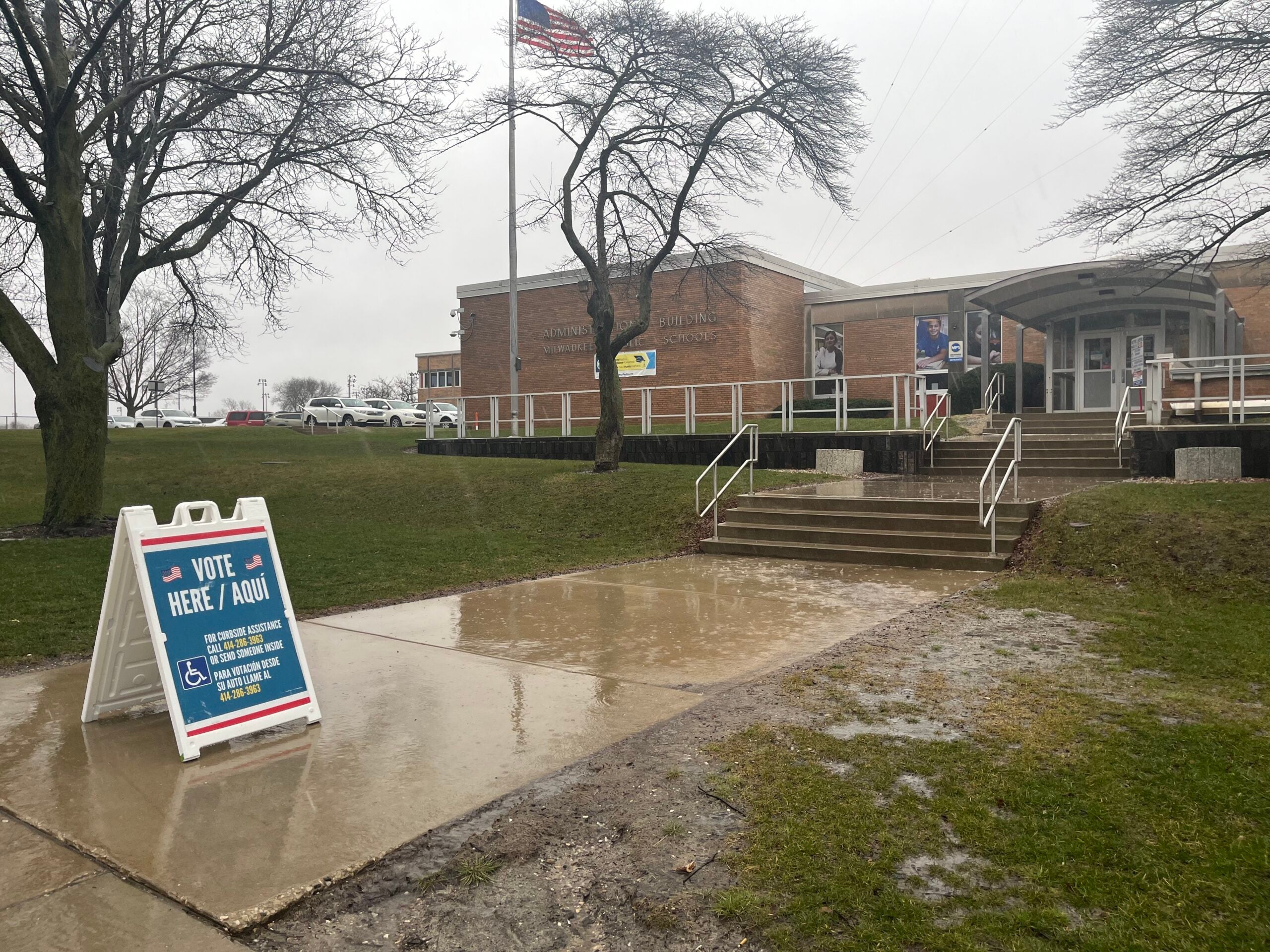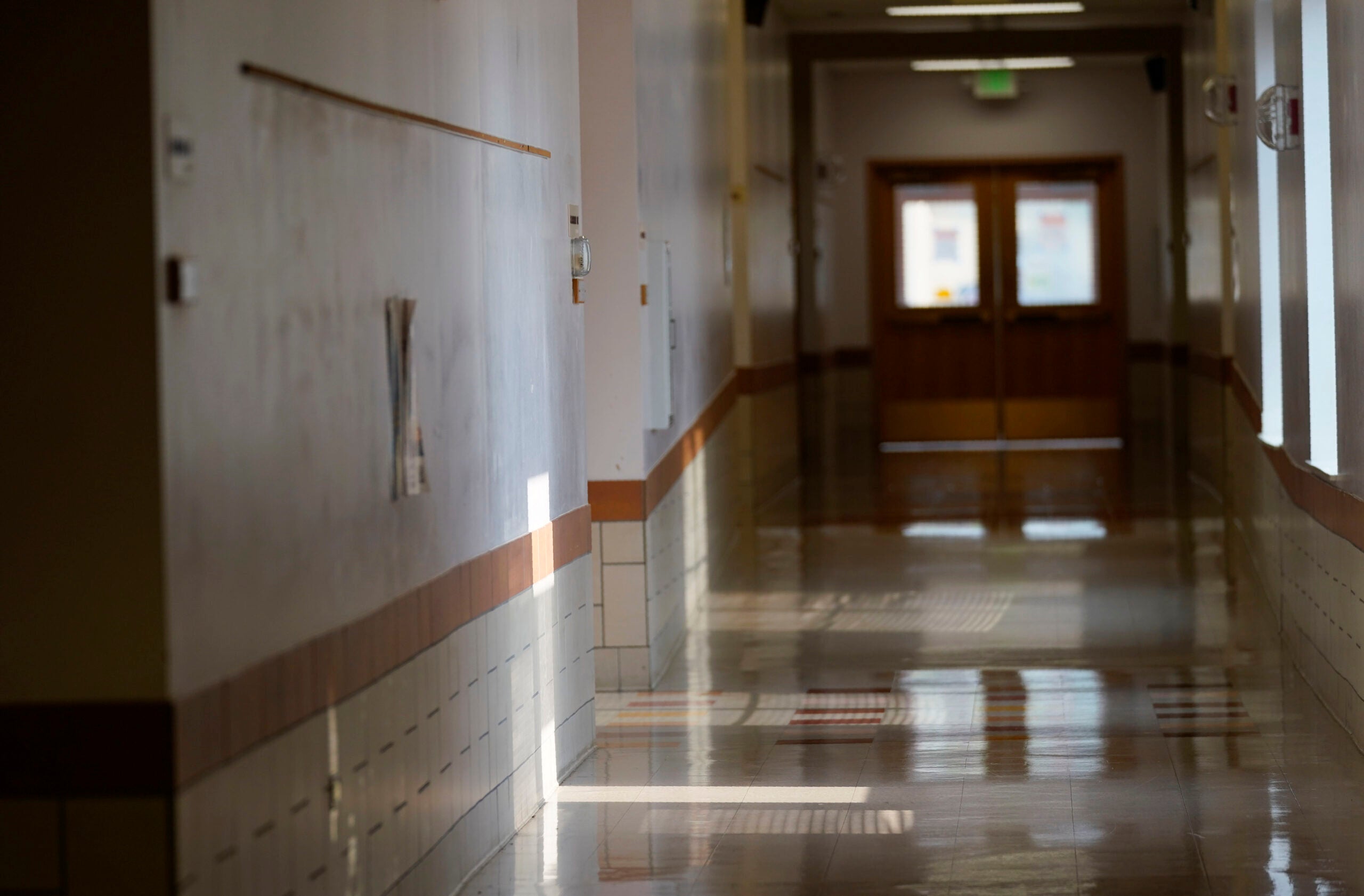While administrators at three rural schools in the La Crosse area say they appreciate the new revenue Wisconsin Gov. Scott Walker’s proposed 2017-18 budget may bring, they also agree it won’t make up for years of declining funding from state-imposed revenue limits.
The budget proposal calls for about $66.5 million more for rural schools in areas like general aids, transportation and expanded access to broadband.
The Westby Area School District which has 1,150 students and is spread over three small communities southeast of La Crosse is anticipating a funding boost of about $220,000 in the next school year if the budget proposal passes as is. Administrator Chuck Norton said even with the projected increase, funding remains a constant challenge.
“Our district right now is probably looking at about an $800,000 deficit for the upcoming school year,” Norton said. “Two-hundred thousand dollars will definitely go a long ways to help us to offset some of that. But certainly you can see from that, that we’ve got challenges ahead in trying to understand how we are going to meet the needs of all of our students.”
Westby’s neighbor, the Cashton School District is about half the size with just over 600 students. It is expecting to receive between $125,000-$175,000 in new state aid in the governor’s proposal. But Administrator Dave Bell said its hard to declare all schools winners just because they get more money since the state’s funding mechanism is so complex.
“It makes it challenging for us to have conversations with our local taxpayers on how that formula rolls out in Cashton compared to Westby or compared to G-E-T because it’s a little different in each place,” Bell said. “How much property value you have within your school district per kid really drives that quantity of aid within the revenue limit formula. So some school districts benefit from that, and other school districts it’s a challenge.”
All three administrators argue a change that would benefit Wisconsin schools more than just putting more money into the complicated formula would be to allow annual cost of living adjustments per pupil, something that used to exist in Wisconsin. When lawmakers tightened revenue limits, they got rid of cola’s that also increased property taxes.
The Galesville-Ettrick-Trempealeau School District about 30 miles north of La Crosse with it’s 1,380 students is expecting about $275,000 next year from the governor’s plan. But it doesn’t qualify for special rural transportation or increased sparsity aid that other rural Wisconsin schools do.
Administrator Aaron Engel said not allowing all schools to increase revenue limits each year effectively ignores many of the complicated factors that go into paying for Wisconsin schools.
“When it is categorical, based on the number of students in your school district, everyone is benefitted equally in a way. But at the same time, there are school districts that need more aid than others based on a whole range of factors including property values and declining enrollment, transportation issues,” said Engel. “By applying that money to all schools equally, it doesn’t take into account all of the factors that the revenue limit formula does take into account.”
In Wisconsin, the only way for schools to get around revenue limits is to ask voters in a referendum to exceed those limits temporarily, something more schools have asked for successfully in recent years.
Norton expects the Westby School Board to have to go to voters sometime in 2018 to ask for more financial help.
– John Davis
Episode Credits
- Hope Kirwan Host
- John Davis Producer
- Chuck Norton Guest
- Dave Bell Guest
- Aaron Engel Guest
Wisconsin Public Radio, © Copyright 2024, Board of Regents of the University of Wisconsin System and Wisconsin Educational Communications Board.




